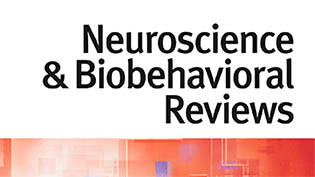Brain morphometric features predict medication response in youth with bipolar disorder: a prospective randomized clinical trial
*Authors: Du Lei, Kun Qin, Wenbin Li, Walter HL Pinaya, Maxwell J. Tallman, L. Rodrigo Patino, Jeffrey R. Strawn, David Fleck, Christina C. Klein, Su Lui, Qiyong Gong, Caleb M. Adler, Andrea Mechelli, John A. Sweeney, Melissa P. DelBello *
Journal: Psychological Medicine
DOI: 10.1017/S0033291722000757
Abstract:
Background: Identification of treatment-specific predictors of drug therapies for bipolar disorder (BD) is important because only about half of individuals respond to any specific medication. However, medication response in pediatric BD is variable and not well predicted by clinical characteristics.
Methods: A total of 121 youth with early course BD (acute manic/mixed episode) were prospectively recruited and randomized to 6 weeks of double-blind treatment with quetiapine (n = 71) or lithium (n = 50). Participants completed structural magnetic resonance imaging (MRI) at baseline before treatment and 1 week after treatment initiation, and brain morphometric features were extracted for each individual based on MRI scans. Positive antimanic treatment response at week 6 was defined as an over 50% reduction of Young Mania Rating Scale scores from baseline. Two-stage deep learning prediction model was established to distinguish responders and non-responders based on different feature sets.
Results: Pre-treatment morphometry and morphometric changes occurring during the first week can both independently predict treatment outcome of quetiapine and lithium with balanced accuracy over 75% (all p < 0.05). Combining brain morphometry at baseline and week 1 allows prediction with the highest balanced accuracy (quetiapine: 83.2% and lithium: 83.5%). Predictions in the quetiapine and lithium group were found to be driven by different morphometric patterns.
Conclusions: These findings demonstrate that pre-treatment morphometric measures and acute brain morphometric changes can serve as medication response predictors in pediatric BD. Brain morphometric features may provide promising biomarkers for developing biologically-informed treatment outcome prediction and patient stratification tools for BD treatment development.
